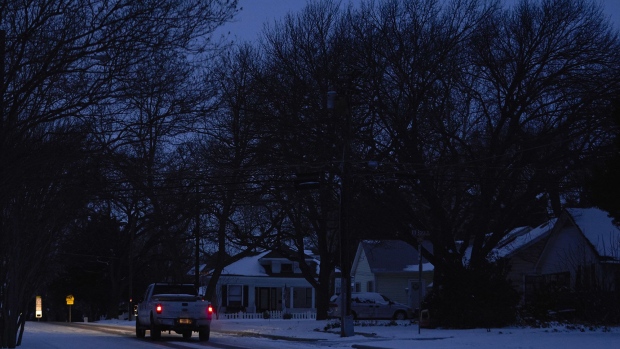Dec 16, 2021
Texas to Weigh Big Power Market Reforms in Wake of Blackouts
, Bloomberg News

(Bloomberg) -- Texas regulators will consider sweeping reforms to the state’s wholesale electricity market Thursday in the latest effort to make the power grid more resilient in response to last winter’s catastrophic blackouts.
The Public Utility Commission of Texas is scheduled to debate a variety of measures, including tweaking power-market rules to bolster reserves and adding charges for backup services to help stabilize the grid when generators fail. Regulators will also mull whether to start paying generators to be on standby in case the grid needs backup power -- a strategy that’s common in other regions, but has long been shunned in Texas.
It’s not clear which of the proposals regulators will take up. Consumer advocates warn that some of them could significantly raise costs for homes and businesses, which have already been saddled with higher bills to pay for the massive losses racked up during the blackouts last winter.
“Customers will be paying for more, but will they be getting more reliability?” said Michael Jewell, an attorney with Jewell & Associates PLLC who represents clients at PUC proceedings. “It’s hard to say.”
Here are a few of the roughly dozen proposals the commission is considering:
- Operating Reserve Demand Curve: A wonky yet important change since it determines how high power prices go and how fast they rise as demand climbs. The state already reduced the price cap to $5,000 a megawatt-hour from $9,000 starting in January. Prices have only reached that higher cap in rare emergencies such as the past winter. By changing the slope of the curve and requiring Ercot to secure at least 3,000 megawatts of reserve each day, up from 2,800 megawatts, prices could rise toward the new cap more frequently in less severe conditions.
- Load-Serving Entity Obligation: Retailers and utilities that serve consumer demand would have to pay generators directly to keep enough supply online to meet their needs. A key concern is these bilateral contracts would lack the oversight offered through capacity auctions held by other U.S. grids. Attempts to create such a capacity-like payout in Texas have failed in the past.
- Dispatchable Energy Credits: Similar to renewable energy credits, but instead new generators starting up in the state would be awarded credits. This is seen as a direct incentive to build more generation. These energy credits are seen as the alternative to the load-serving obligation proposal.
©2021 Bloomberg L.P.


